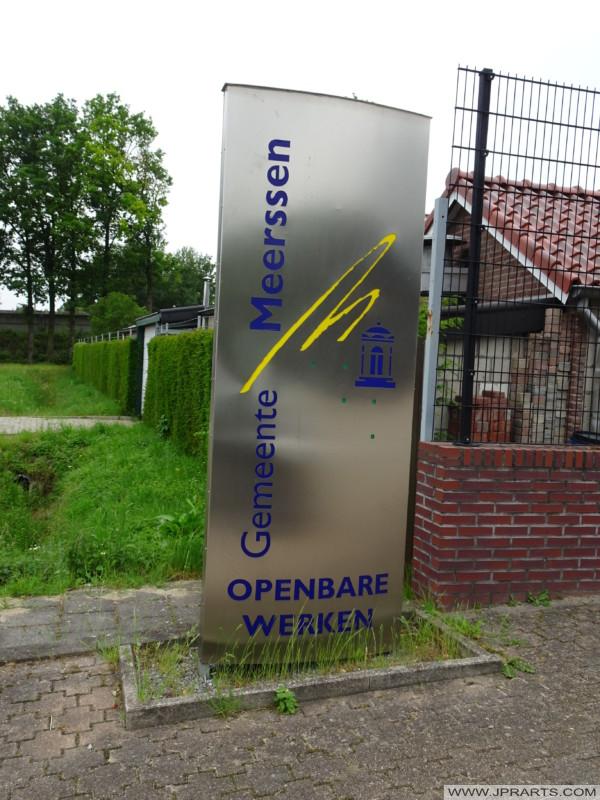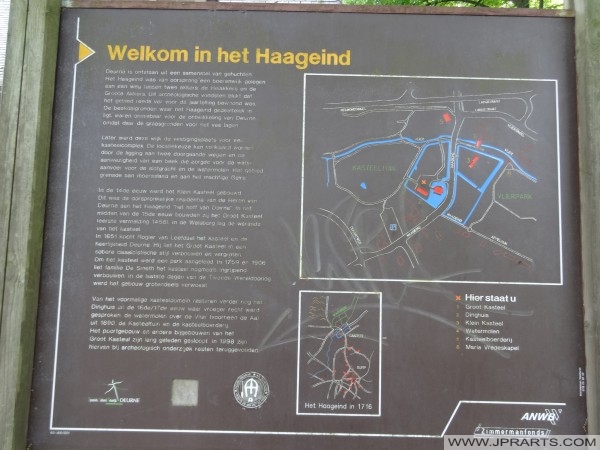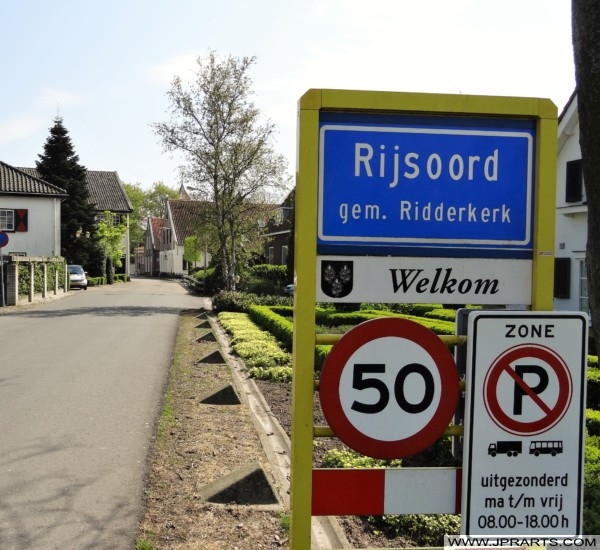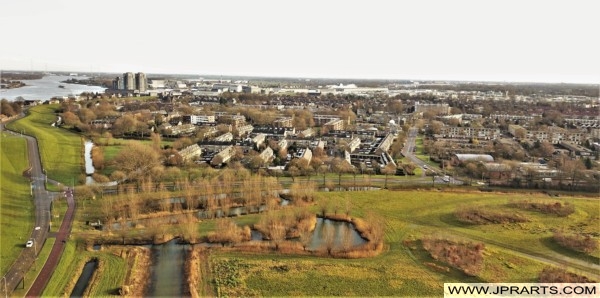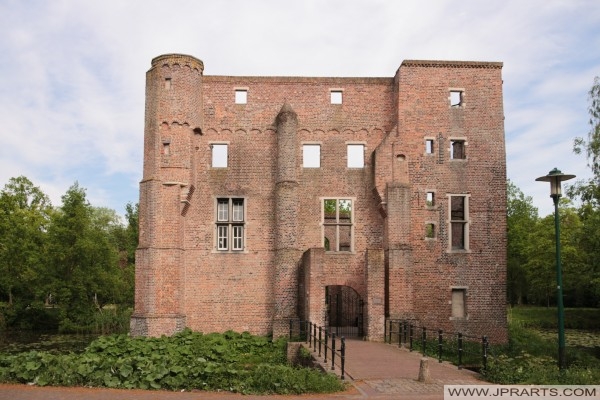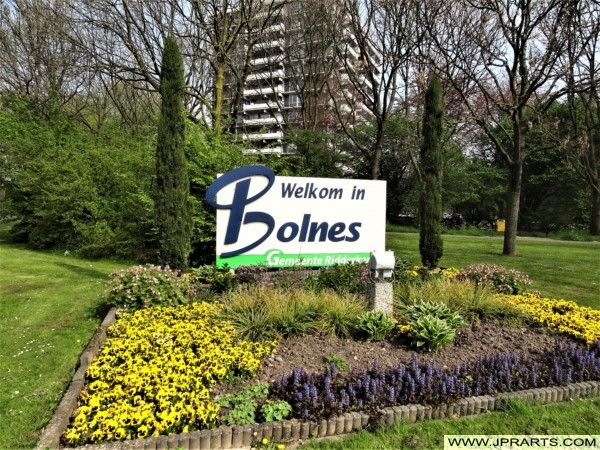Ulestraten (Limburgish: Ulesjtraote) is a village in the municipality of Meerssen in the south of the Dutch province of Limburg. The village is located on the edge of the Watervalderbeekdal (side valley of the Geuldal) and the Central Plateau. The Wijngaardsberg is located in the south of the village.
Ulestraten, The Netherlands

Ulestraten, Países Bajos
Until the municipal reorganization in 1982, Ulestraten was an independent municipality containing the residential centers: Ulestraten village, Schietecoven, Humcoven, Waterval, Vliek, Genzon, Moorveld, Groot Berghem and Klein Berghem. The former hamlets of Genzon, Groot Berghem, Klein Berghem and Vliek became part of the village center of Ulestraten after 1980. About 2,805 people live in Ulestraten (2018). Maastricht Aachen Airport was also located in the former municipality until the municipal reorganization in 1982.
Ulestraten, Niederlande
荷兰乌勒斯特拉滕
The name “Ulestraten” may come from the Latin olla, meaning ‘pot’. In 1967 traces of a pottery workshop from the Early Middle Ages, the Romanesque period, were probably found in Ulestraten. The name is also explained as a composition of oele ‘low-lying, damp’ and the plural of street. Water, swamp is in old German üd, ül, ole. Ulestraten can then be translated as ‘water street, swampy thoroughfare’. The road through Ulestraten later became known as Sint Catharinastraat.
Улестратен, Нидерланды
Ulestraten, Pays-Bas
Ulestraten originated in the Middle Ages through reclamation from Meerssen of the Central Plateau. From 1626-1794 the village belonged to the Land van Valkenburg, in which it formed a seigniory. A chapel already existed, and in 1806 a church was built. In 1833 Ulestraten was elevated to a parish. Originally consisting of ribbon development along a few streets, residential areas were added in the 2nd half of the 20th century in a northern and southern direction. Even before the village was given the name Ulestraten, people had lived within this fertile and water-rich territory for thousands of years.
Ulesjtraote, Nederland
Ουλεστράτεν, Ολλανδία

Ulestraten originated in the Middle Ages through reclamation from Meerssen of the Central Plateau. From 1626-1794 the village belonged to the Land van Valkenburg, in which it formed a seigniory. A chapel already existed, and in 1806 a church was built. In 1833 Ulestraten was elevated to a parish. Originally consisting of ribbon development along a few streets, residential areas were added in the 2nd half of the 20th century in a northern and southern direction. Even before the village was given the name Ulestraten, people had lived within this fertile and water-rich territory for thousands of years. Prehistoric and Roman sites have been discovered through collaboration between a number of amateur and professional archaeologists, in particular the area around the Wijngaardsberg, Genzon and the area east of Maastricht Aachen Airport. It has been shown that the area was already visited by hunters and gatherers around 8000 BC. And in 2003 and 2010 it has been shown that around 5000 BC. the first farmers of the Band-ceramic culture settled. There are also known finds from other agricultural cultures, such as the Michelsberg culture (ca. 4000-3000 BC). The most northwestern flint workshops of this culture, of the prehistoric flint mining in Valkenburg, have been demonstrated in the area near the hamlet of Waterval. Furthermore, there are also finds from the Bronze and Iron Age (approx. 1900-50 BC) and the Roman period (approx. 50 BC – 400 AD). For example, there are Roman finds from 1967, when a Roman burial field was found on the construction site in front of the community house and in 1992 the ‘Roman villa site Berghemmerveld’ was discovered.
Ulestraten, Hollanda
ウレストラテン、オランダ
Visit Netherlands Travel to Book Flights and Hotels Cheap Online
Visit Cheap Shopping to Order Blu-rays, Books and DVDs Cheap Online


